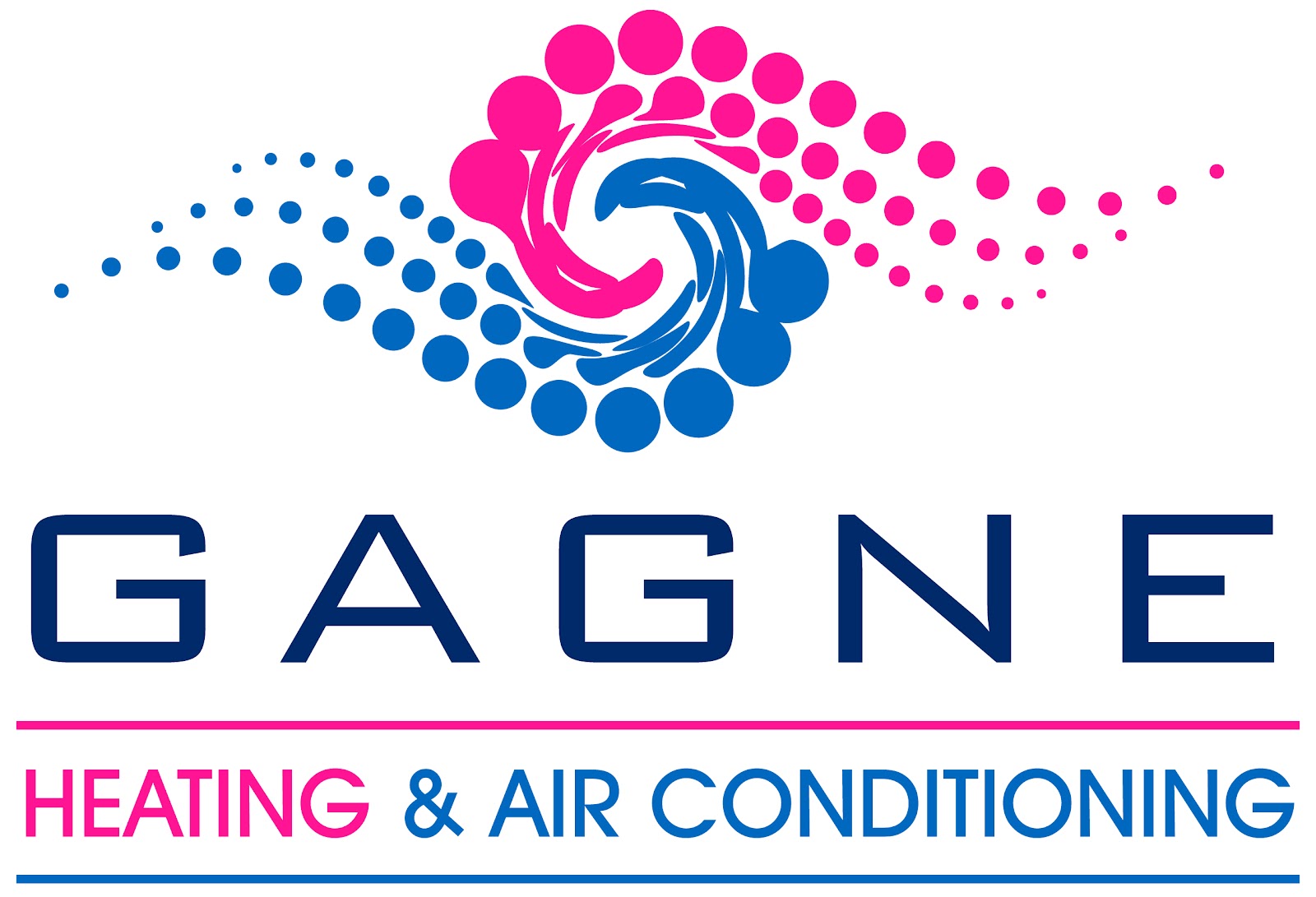Are considering an A/C system replacement? You might be surprised to know there are many different options out there for air conditioners, and some are better than others.

One of the most common types of A/C is the mini-split ductless system. This system operates on two, main components: an outdoor compressor and an indoor air unit. A conduit connects the outdoor unit to the indoor ones and keeps the power cable, suction tubing, drain and refrigerant tubing together.
While ductless A/C is one of the most popular alternatives to central air conditioning on the market today, there are some things you should consider before purchasing one.
Pros and Cons of Ductless A/C
There are many reasons why people prefer a mini-split system over a central unit. One reason is it creates comfort zones. Since mini-split systems do not use forced air, controlling different areas of a home or business to be a certain temperature is far easier.
At the same time, ductless models are energy efficient because they do not pose a risk for leaky ductwork. These types of A/C systems only lose about one to five percent of energy, whereas forced air systems can lose up to 40 percent.
Additionally, a mini-split system runs with less noise because the noisiest part of the unit – the compressor – is located outside. They also require less maintenance after it is installed. There is almost zero upkeep.
However, it is also important to note there are some downsides to this type of A/C. First and foremost, although ductless systems tend to have lower maintenance and energy costs after it is installed, it is rather expensive with upfront costs to install, especially considering a professional contractor must perform the installation.
In addition, mini-split systems stand out a little bit more visually, and some people complain that the units inside of the house can be an eyesore.
Lastly, the condensate drain located outside of the house can cause stains if not installed correctly.
Other Factors to Consider About Mini-Split Systems
One of the key factors previously mentioned on both the pro and con sides of the spectrum is the cost involved with mini-split systems. There is a lot of upfront cost, with the average installation costing anywhere between $1,700 and 2,100. However, since they are more energy efficient and will not hike up your energy bill in the long run, these systems often pay for themselves over time.
As far as cooling capacity goes, mini-split systems are comparable to window A/C models. For example, a 9,000 British thermal unit (BTU) unit covers about 350 square feet, and a 12,000 BTU unit cools off 500 square feet. The largest unit produces 36,000 BTUs for a square footage of 1,500 feet.
Ductless mini-split systems might not be as powerful as other options, but as mentioned previously, it is great for controlling specific zones of temperature. This situation is especially important so people can control different temperatures in different rooms of a house with ease.
So if someone in one bedroom likes it colder than another person, then they will not freeze the other person out and make them uncomfortable – no more than they have to suffer through warmer temperatures to make the other person comfortable.
In some cases, many of these mini-split models run on modern technology and their temperatures or timers can be controlled from a mobile device.
Top Ductless A/C Brands
There are a few good brands to pick from if you’re looking for a ductless mini-split system. One of the most commonly used brands (and our preferred company) is Carrier. Carrier makes some of the least expensive models, but their quality is top notch. Their design focuses on making sure the indoor wall unit operates as efficiently as possible. Carrier also builds its units to resist corrosion, which is essential to the longevity of your ductless system.
Mitsubishi is known for making cars, but they also make a pretty reliable mini-split system. It falls at the midrange of cost and is rather energy efficient. This brand is also ENERGY STAR® approved for operation. Their models come with remote controls for units to make them all the easier to control and access.
Conclusion
There are many types of mini-split ductless A/C systems available on the market. However, there are a few things to consider before purchasing one. This system works great for many purposes, so it certainly should be considered as a viable option for any home’s cooling needs.
If you have further questions about ductless A/C or any other type of HVAC (heating, ventilation and air conditioning) system, feel free to contact our friendly heating and cooling specialists. At Gagne AC, we’ve been serving the greater Atlanta area for over 20 years.

